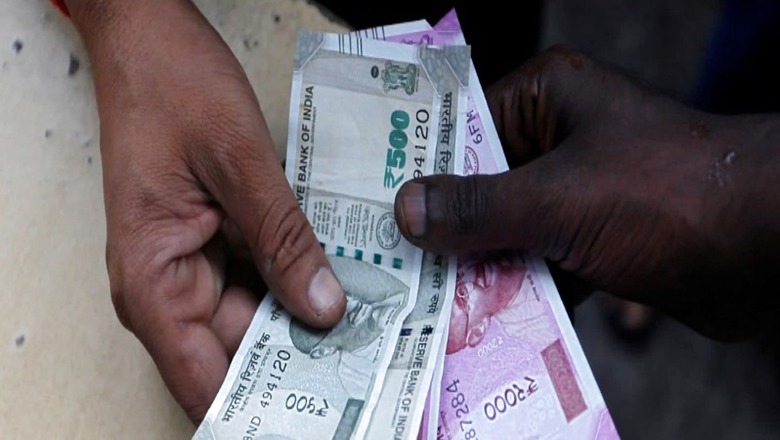
views
If you were asked to guess the material used to make currency notes in India, your answer will most likely be paper. But the truth is far from this answer. To extend the durability of currency notes, the Reserve Bank of India uses something much more sustainable and it is not paper. Cotton is what makes the currency notes in India and many other countries in the world.
Now, you may wonder how cotton is turned into a paper-like currency note. The answer to that question lies in a special formula used by the manufacturers. Cotton banknotes are made from cotton paper which is a mix of 75 percent of cotton and 25 percent of linen. After this formula is made, cotton is mixed with a gelatin adhesive solution that makes them last longer. The reason behind using cotton paper for currency notes is that it is light, printable and suitable for security features. The unique composition of currency notes also makes it easy to differentiate from counterfeit notes. Furthermore, cotton fibers are strong, yet soft and flexible, which makes cotton paper pure and durable.
According to Royal Dutch Kusters, in Europe the so-called comber noil are used for currency notes. The comber noils are short cotton fibers that are a waste stream from the textile industry. The true ratio of cotton, linen and other materials used in the currency notes are kept secret by banks and can vary between countries.
The United States also uses a similar cotton to linen ratio for its currency notes. According to the Bureau of Engraving and Printing, US currency notes are made up of 75 percent of cotton and 25 percent of linen. This implies that there are three-fourths of a pound of cotton in each pound of dollar bills. This same source also mentions that there are 454 bills in a pound of currency.
Read all the Latest News , Breaking News and IPL 2022 Live Updates here.



















Comments
0 comment